Most women know that breast cancer is a possibility in their lifetime. In fact, the average woman faces a 12–13% lifetime risk of developing the disease. But for women considered high risk, that number jumps to 20% or more.
Lexington Health has developed a High-Risk Breast Clinic to provide these women with the specialized care, support, and resources they need.
"Most women have average risk just because they're women – they have breasts, they have hormones," explained Laura Nielsen, nurse navigator for the clinic. "On these questionnaires, if you score 20% or higher, you would be considered to be at high risk for breast cancer."
Identifying Risk Early
At the clinic, every woman who comes in for a mammogram is asked to complete a brief questionnaire. These surveys cover important risk factors, such as family history, genetics, and reproductive health. If the results indicate an elevated risk, patients are immediately connected with the High-Risk Breast Clinic for further steps.
Some risk factors—such as age, genetics, and family history—are beyond a woman's control. But others, such as maintaining a healthy weight, exercising regularly, breastfeeding, and limiting alcohol, can help lower the chances of developing breast cancer.
More Than a Mammogram
For women at higher risk, annual mammograms may not be enough.
"If you’re considered to be at high risk, providers will want you to have screenings probably every six months, and they'll use different screening methods besides a mammogram," Nielsen explained. "You may have an MRI or an ultrasound so they can look at your breast in different ways more frequently.”
In addition to advanced screening, the clinic provides referrals for genetic counseling, preventive therapies, and surgical options when appropriate.
A Guide Through the Process
Navigating a higher breast cancer risk can feel overwhelming, but patients don't have to do it alone.
As nurse navigator, Nielsen plays a central role:
"I am an advocate for anything that has to do with their treatment, diagnosis, or recovery, at no extra cost. I can help schedule appointments and tests, help patients understand their diagnosis and treatment plan, and provide emotional support."
Why Early Detection Matters
Nielsen stresses that early detection saves lives. Breast cancer is most treatable in its earliest stages, which is why knowing your personal risk and following screening guidelines is so important.
"Right now, current guidelines say if you have average risk for breast cancer, you should have a mammogram every two years starting at 40, all the way up to age 74," Nielsen said. “It's important, however, to talk to your health care provider about your personal risk for breast cancer because a mammogram may not be the best test for you."
Empowering Women With Knowledge and Support
Lexington Health's High-Risk Breast Clinic gives women more than just screenings—it offers peace of mind, proactive care, and compassionate guidance. For women facing elevated risk, the clinic provides a clear path forward and a partner in the journey.
.jpg?sfvrsn=7d316d0a_0)
To schedule a mammogram, call Women’s Imaging Center at (803) 791-2486. Learn more about breast health services at Lexington Health.



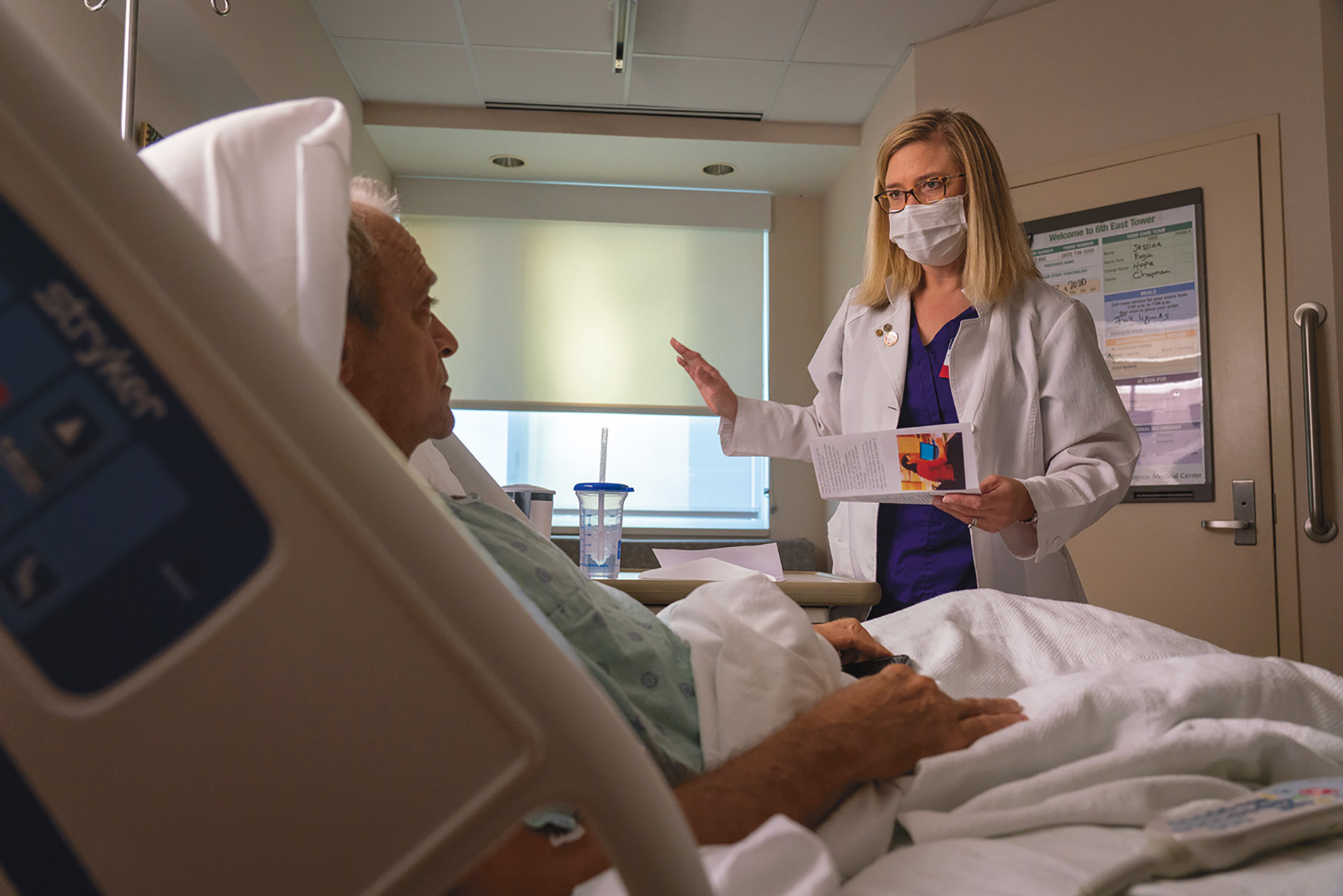
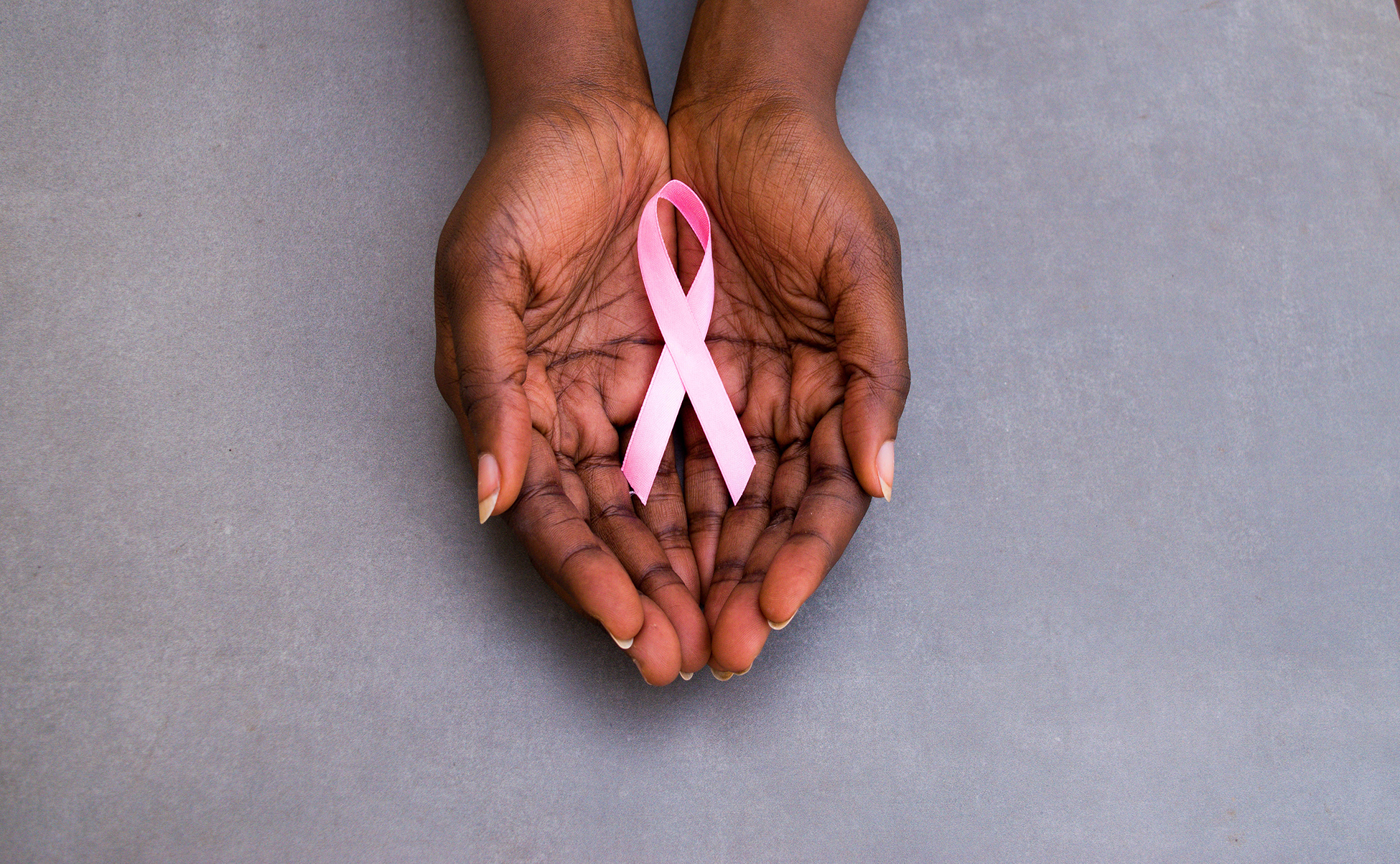
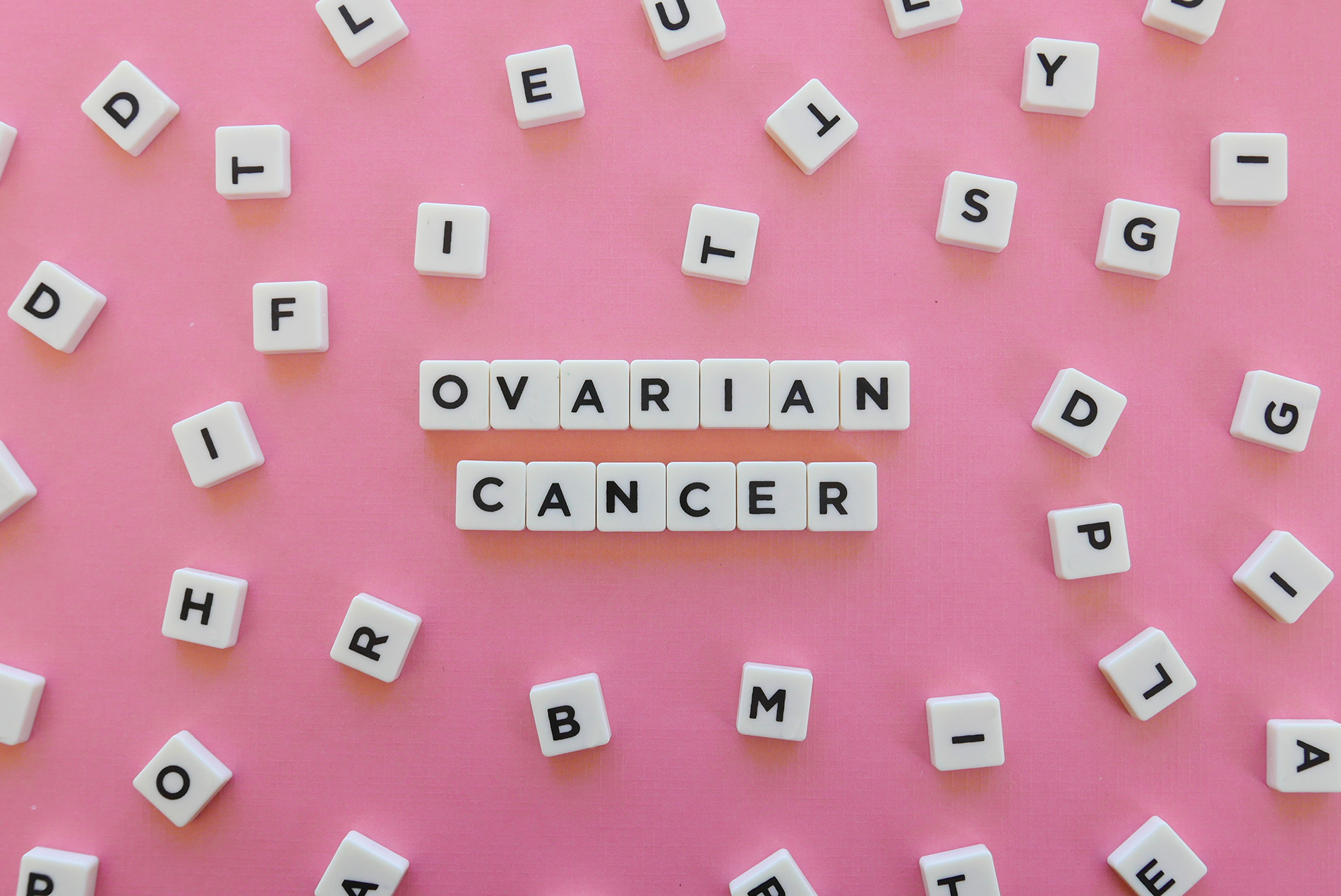
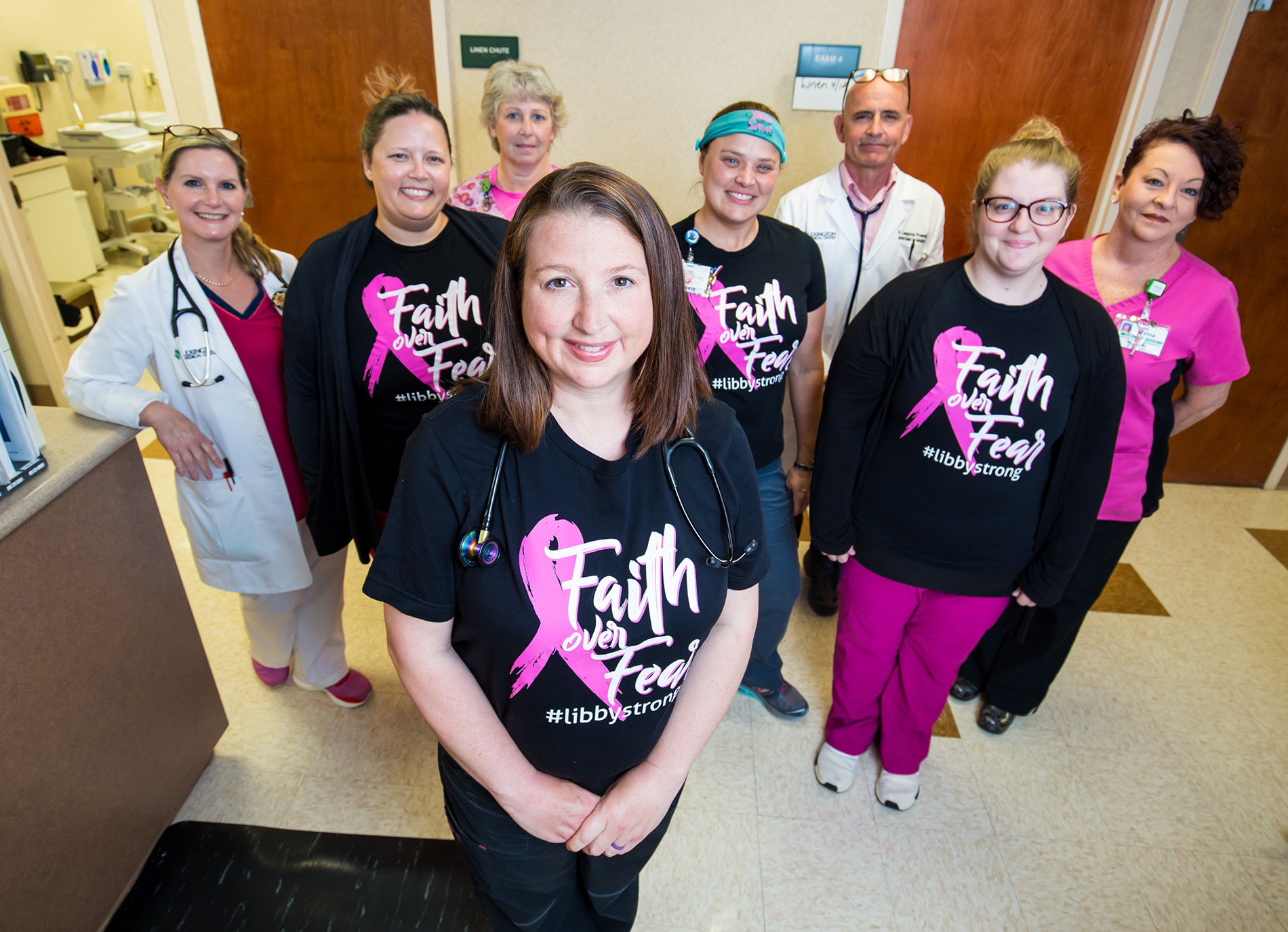
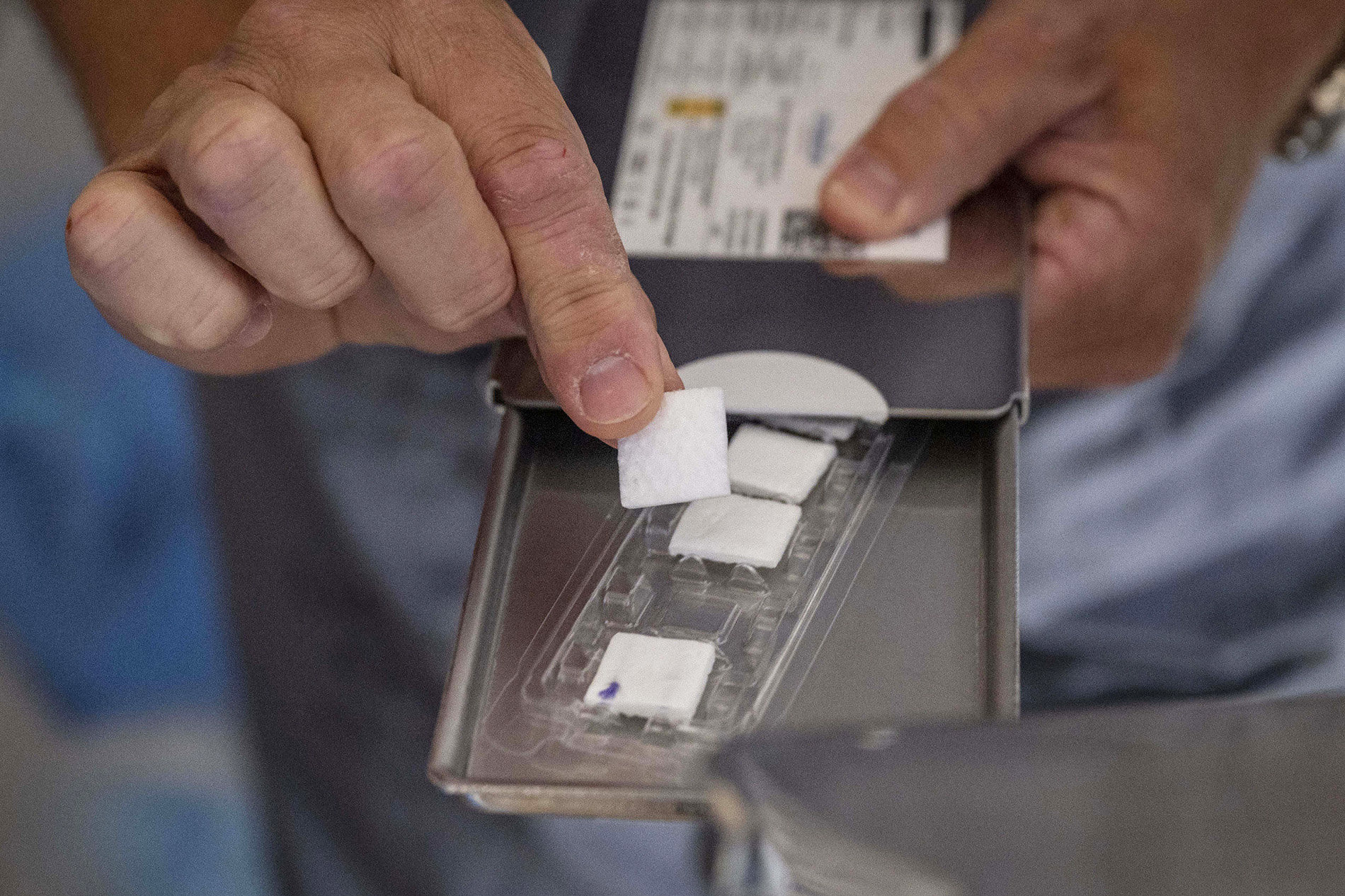


Leave a comment